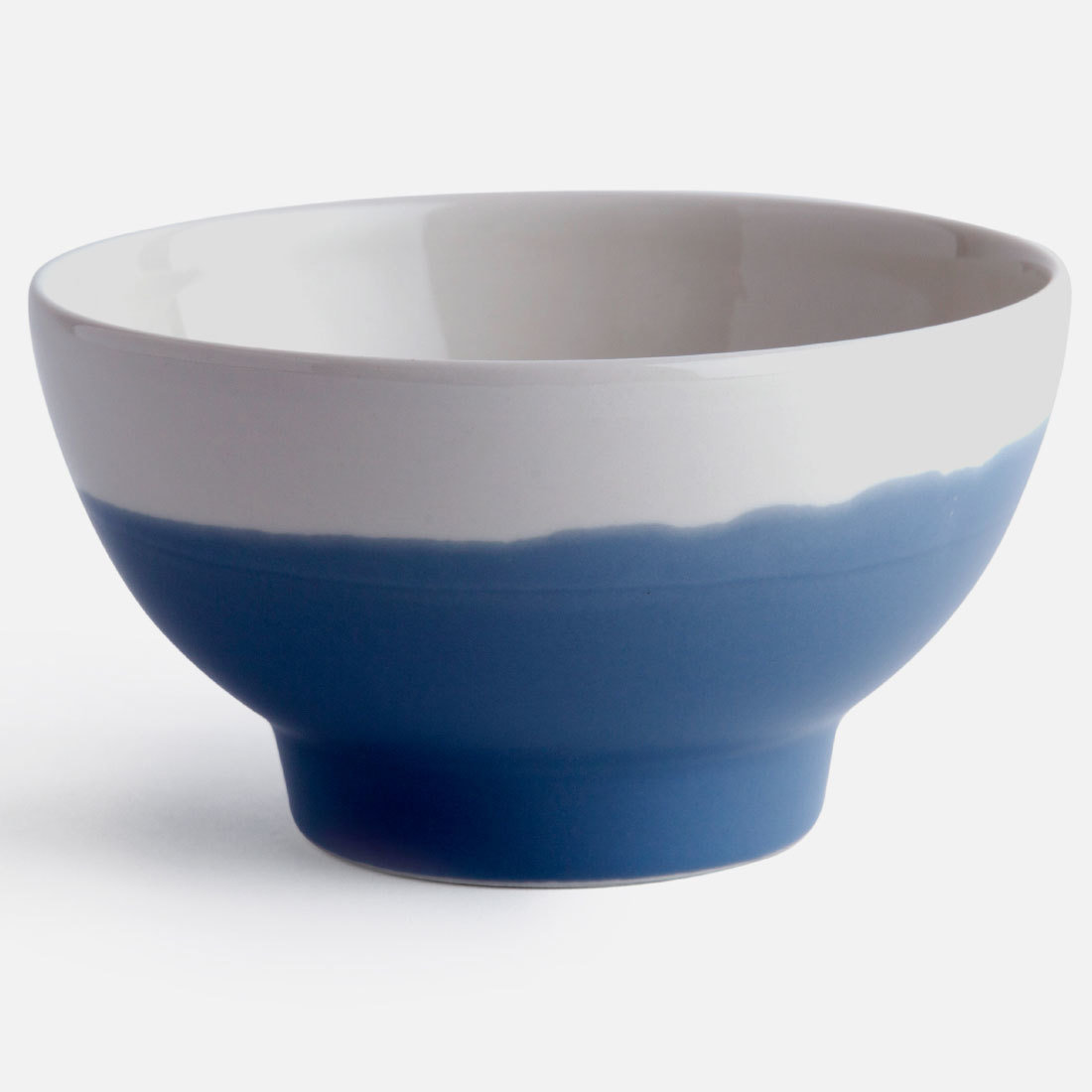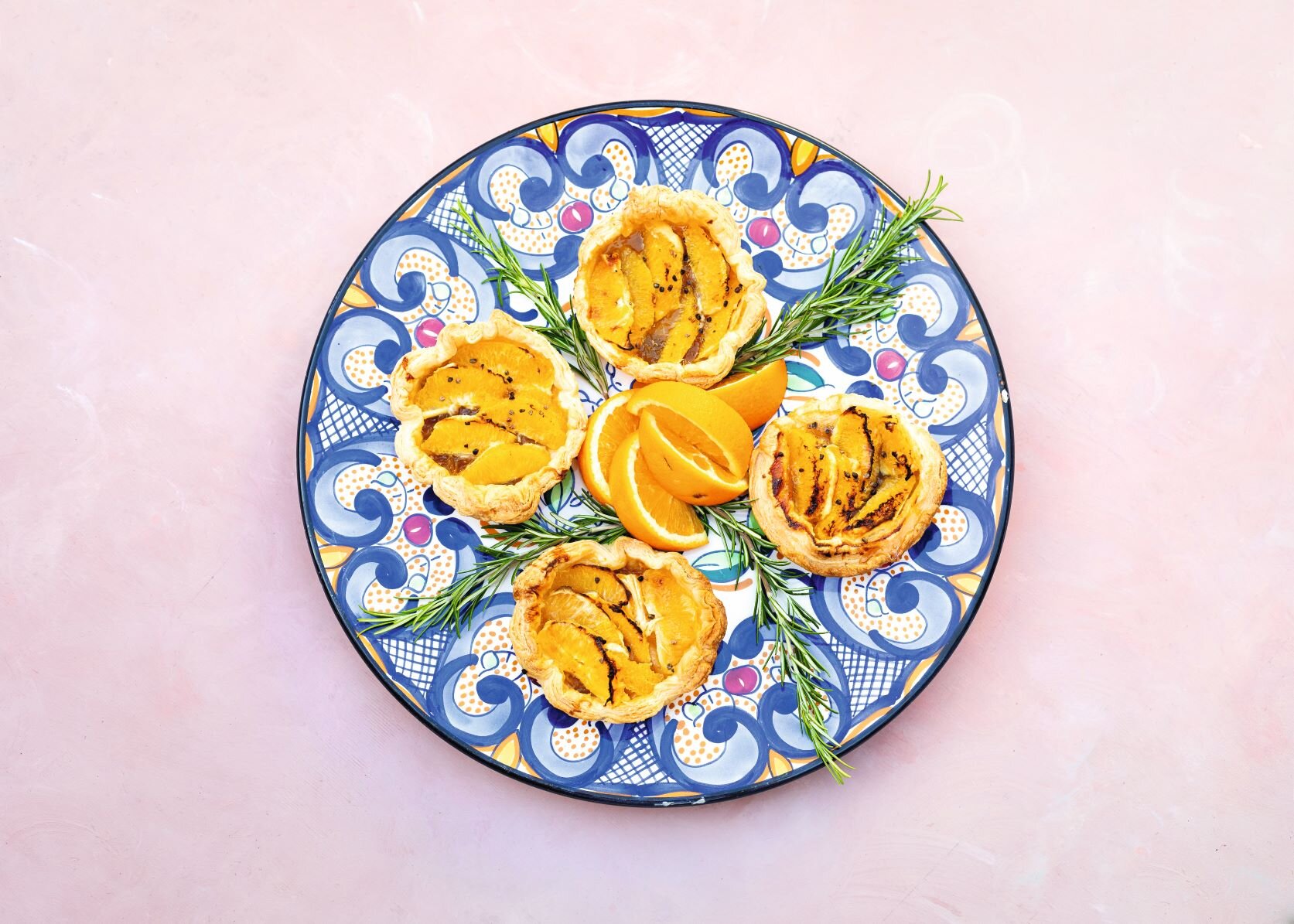Baked, boiled, poached, fried or scrambled, this healthy favourite is an everyday treasure, as sure as eggs is eggs
Words: LAURA ROWE
The humble hen’s egg is one of the most readily available, cheap and endlessly versatile food stuffs around, but did you know that it is also one of the most ancient? Us humans have been eating all things ovoid since the Neolithic period, chomping our way through varieties of fowl egg from chickens, geese, quail, pheasant, plovers and guinea fowl, to ostriches, emu, pelican, pigeon and gull (the latter is without a fishy taste, apparently, contrary to rumour).
It’s little wonder, really. The egg is nature’s perfectly packaged hand-held, bite- size snack. It’s packed with vitamins (A, B, D and E) minerals (iodine, phosphorous, selenium, zinc and iron) and it’s a ‘complete’ protein, meaning that it has all of the essential amino acids that our bodies need. Eggs are also a cook’s friend – delicious in sweet or savoury dishes, whole or separated, on their own or as a component ingredient to bind, set, leaven, thicken, enrich, emulsify, glaze or clarify.
They can be boiled (older eggs are best here, as they are easier to peel), scrambled with butter (slow and low), poached (whisk the water to create a vortex before you crack in a fresh egg) or fried (butter and oil are good but bacon fat is better). They can also be baked (see page 43), or ‘shirred’, as the Americans call it, with cream and topped with cheese and breadcrumbs.
Whatever you do to them, they are best approached at room temperature, particularly in baking. You can check just how fresh they are, too, by placing them carefully in a glass of water. If they sink to the bottom they are good to go, while a floater can be discarded, that is unless you’re in China. Thousand-year-eggs are a delicacy here. Preserved in a combination of salt, lime and ashes, the egg is left for 45 to 100 days, whereupon the white turns yellow, firm and raw, presumably eaten with noses firmly pinched thanks to the strong smell of ammonia.
That’s far from the most unusual way to eat eggs, though. Head to South East Asia, specifically the Philippines or Vietnam, and you might stumble across a balut – a boiled, fertilised 17-20 day-old duck egg.
Read more:
From the March issue
Taste infographics
Recipe: Goose egg lemon curd


















































